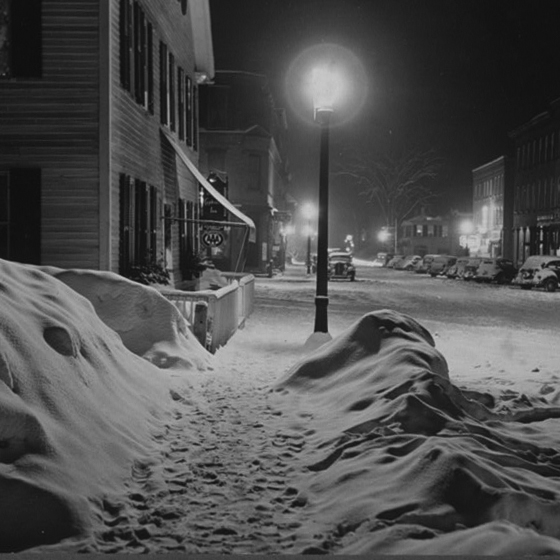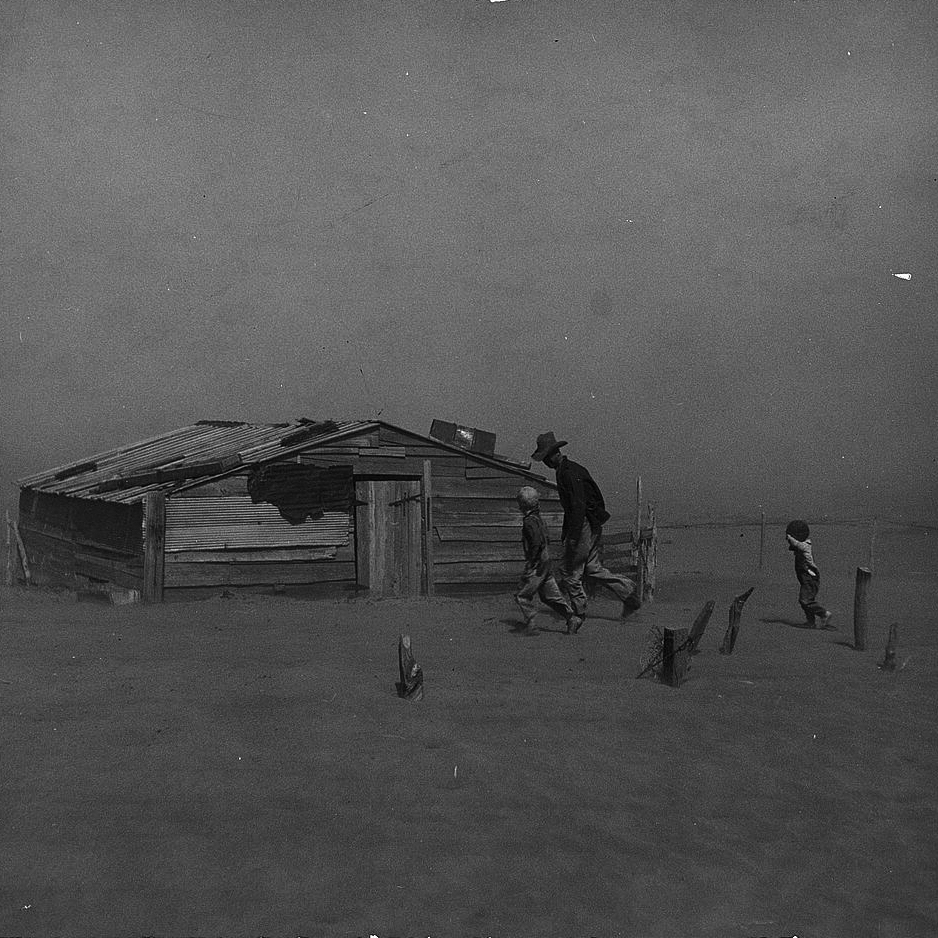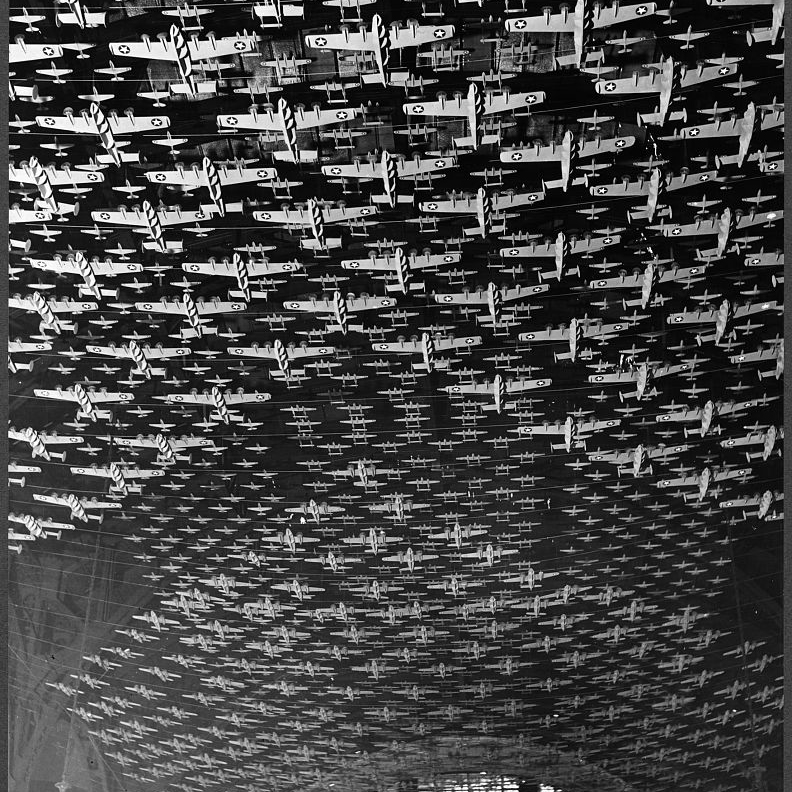What was the Farm Security Administration?
The Farm Security Administration (FSA) was a New Deal agency created in 1937 to combat rural poverty during the Great Depression in the United States. It succeeded the Resettlement Administration (1935–1937).
The FSA is famous for its small but highly influential photography program, 1935–44, that portrayed the challenges of rural poverty. The photographs in the Farm Security Administration/Office of War Information Photograph Collection form an extensive pictorial record of American life between 1935 and 1944. This U.S. government photography project was headed for most of its existence by Roy E. Stryker who guided the effort in a succession of government agencies: the Resettlement Administration (1935–1937), the Farm Security Administration (1937–1942), and the Office of War Information (1942–1944).
In total, the black-and-white portion of the collection consists of about 175,000 black-and-white film negatives, encompassing both negatives that were printed for FSA-OWI use and those that were not printed at the time. Color transparencies also made by the FSA/OWI are available in a separate section of the catalog: FSA/OWI Color Photographs.
What do the photographs look like?
Find more images in Categories or search in Photographers.
PROJECT MANAGER
Roy Stryker
Under Roy Stryker, the Information Division of the FSA adopted a goal of 'introducing America to Americans'
How did these images impact the United States?
The FSA started a tradition by contributing to society through their pictures during the Great Depression, and their motto was simply as Beaumont Newhall insists, “not to inform us, but to move us.” Those photographers wanted the government to move and give a hand to the people as they were completely neglected and overlooked and thus they decided to start taking photographs in a style that we today call “documentary photography.”
The FSA photography has been influential thanks to its realist point of view, and the fact that it works as a frame of reference and an educational tool for later generations to learn from. Society has benefited and will benefit from it for more years to come, as this photography can unveil the ambiguous and question the conditions that are taking place.
Why was the FSA dissolved?
After the war started and there were millions of unfilled factory jobs in the cities, there was no need for FSA. In late 1942 Roosevelt moved the housing programs to the National Housing Agency, and in 1943, Congress greatly reduced FSA’s activities. The photographic unit was subsumed by the Office of War Information for one year then disbanded. Finally in 1946 all the social reformers had left and FSA was replaced by a new agency, the Farmers Home Administration, which had the goal of helping finance farm purchases by tenants—and especially by war veterans—with no personal oversight by experts. It became part of Lyndon Johnson’s war on poverty in the 1960s, with a greatly expanded budget to facilitate loans to low-income rural families and cooperatives, injecting $4.2 billion into rural America.





